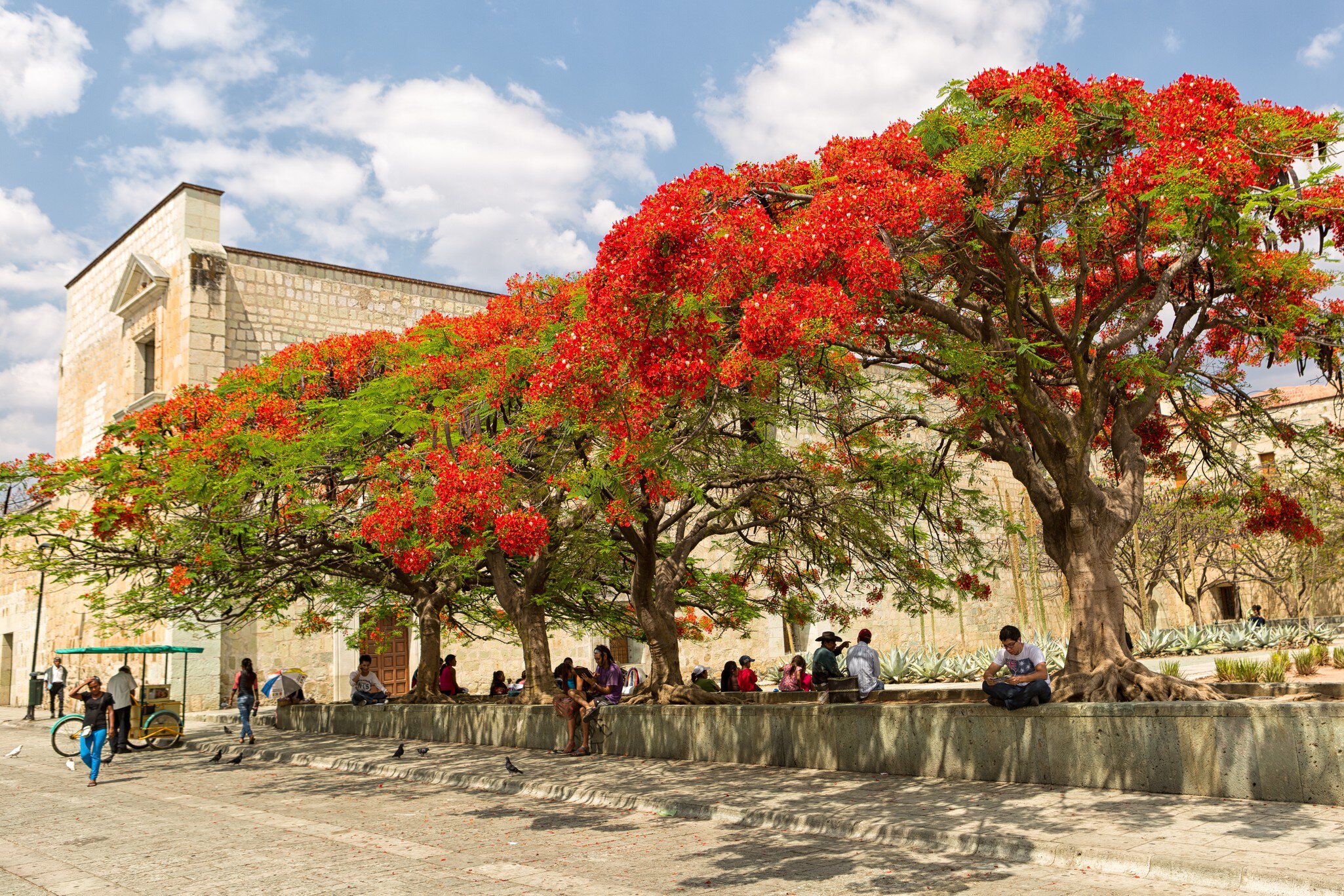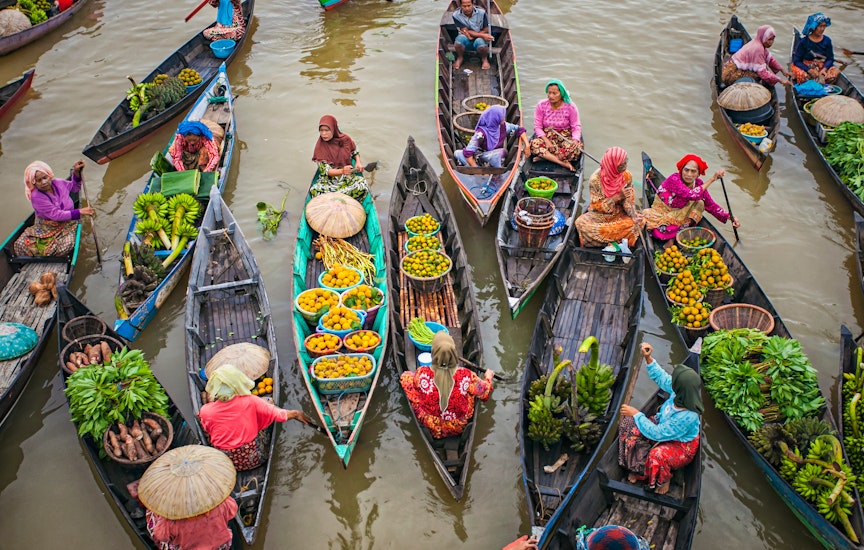
How to get around Indonesia: Transport tips and travel options


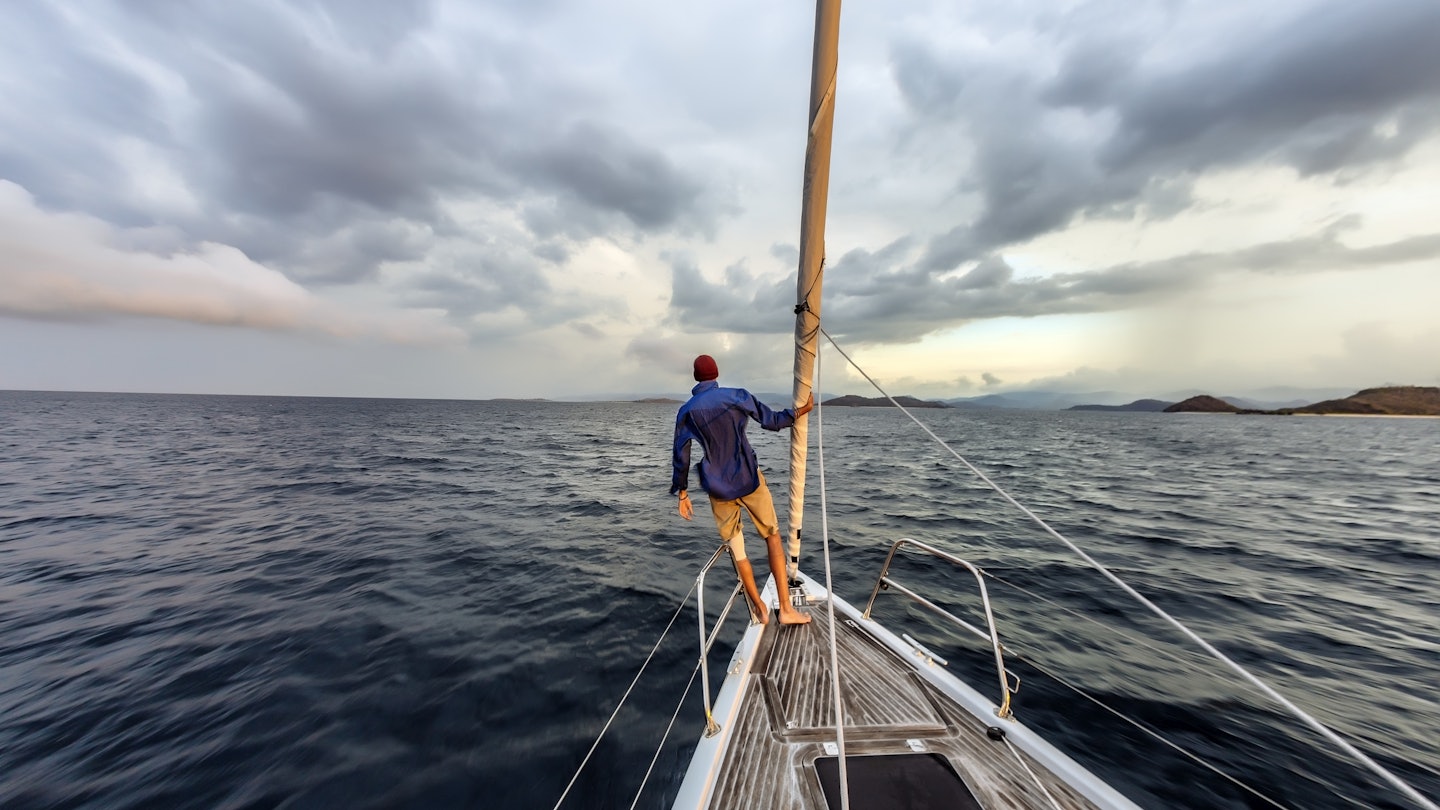
Getting around Indonesia is easy by train, bus, boat or plane. Konstantin Trubavin/GettyImages
Measuring nearly 5000km (3107 miles) from east to west, with more than 17,000 islands scattered across its sparkling blue seas, Indonesia is a big country to explore. Sea-crossings, impenetrable jungles, rugged mountain ranges, unpredictable weather and variable road infrastructure all require extra patience from travelers island-hopping around this enormous archipelago.
But the good news is that travel in Indonesia is getting easier. Convenient flights now link islands that were once only connected by slow ferries, and highways have pushed into remote areas, allowing visitors to travel across islands more quickly and in greater comfort. This means you can fit in more of the stunning things to see and do in Indonesia, even on a short trip.
Public transport in Indonesia used to mean slow journeys in cramped bemos (minibuses) and uncomfortable crossings on crowded ferries. Today, you're as likely to travel on a speedy budget flight or a brand-new coach or catamaran. And the rail network is being modernized too, cutting down journey times while crossing Indonesia's larger islands.
Of course, it's still possible to enjoy the evocative experience of traveling around Indonesia the slow, old-fashioned way, if you don't mind taking a little longer to reach your destination. Here is everything you need to know to navigate Indonesia with ease.
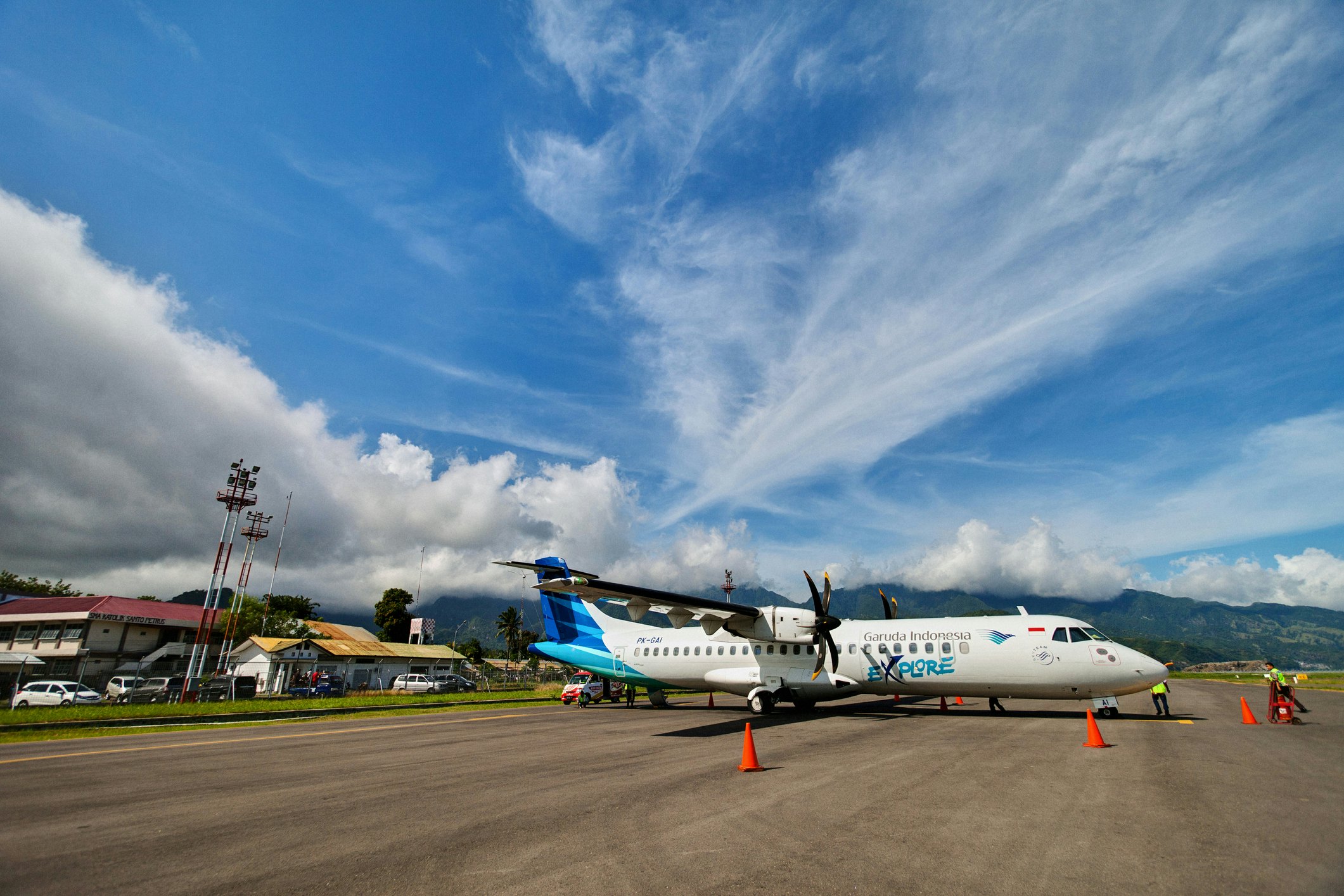
Fly across Indonesia to reach distant islands and save time
With low-cost carriers proliferating across Indonesia, flights have become the default way to travel to, between and even across islands, saving you the inconvenience of navigating seas, jungles and mountains. It's possible to fly straight to many Indonesian islands from other cities in Asia, without having to connect through Jakarta or Bali first.
Budget-conscious travelers usually fly on Indonesia's low-cost airlines – , , and are the biggest carriers. Travelers who value punctuality and reliability often opt for the national airline, , which has significantly improved its standards in recent years.
Airfares vary widely, depending on the distance, timing, and which airline you fly with. From Jakarta, it can cost as little as 850,000Rp (US$50) to fly one-way to Bali, but you may have to pay 4,900,000Rp (US$305) or more to fly to Jayapura in far-flung Papua.
New airports are making it easier to access tourist destinations such as Labuan Bajo, gateway to the Komodo Islands, and Silangit near Lake Toba. In the decade since 2014, nearly 30 new airports have opened around the archipelago, including at Tana Toraja and Nusantara, Indonesia's under-construction future capital on the coast of Borneo.
Jakarta's Soekarno–Hatta International Airport remains the busiest transfer hub, but growing numbers of flights connect through Denpasar on Bali or Surabaya on Java. Most flights to Maluku or Papua transit in Makassar, the aviation hub for eastern Indonesia; in Kalimantan (Indonesian Borneo), the biggest aviation hub is Balikpapan.
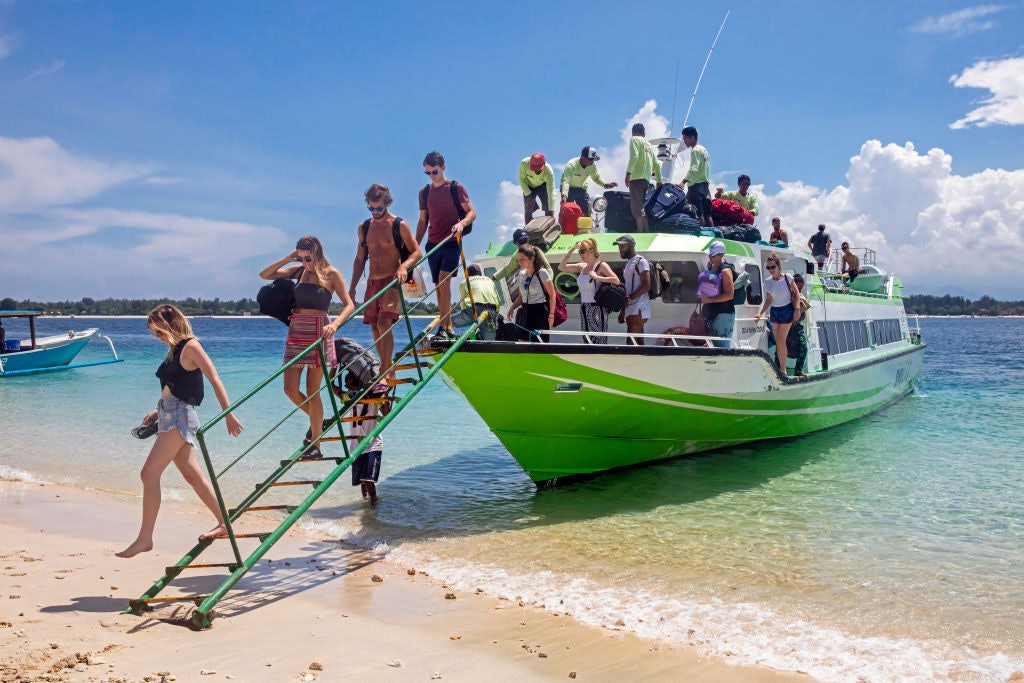
Take a boat for a genuine island experience
Indonesia's main boat transport operator – the government-owned ferry company – connects hundreds of coastal cities all over the archipelago. Long-distance ferry travel in Indonesia is cheap, but it can be slow, and demand for tickets can exceed availability. It's wise to to reserve seats or cabin space. Tickets from Jakarta to Papua can cost as little as 648,000Rp (US$40) in the cheapest economy class, but it's an arduous seven-day journey (you have been warned).
For a taste of ferry travel in Indonesia without the time commitment, consider some of the shorter boat crossings between islands in the west of the archipelago. The classic multi-island route is to travel overland through Java, then cross to Bali and Lombok, before island-hopping eastward to the Komodo Islands.
Riverboats used to be the main form of transport when navigating heavily forested Kalimantan, but the rivers have been eclipsed by new roads that have been constructed across the province. Nevertheless, you can still take a four- to six-day boat tour along the Mahakam River to visit traditional Dayak villages deep in the jungle.

Trains are a great way to enjoy Indonesia's stunning scenery
Trains are arguably the most comfortable and reliable way to travel overland across Java, home to most of Indonesia’s railway network. The irresistible highlight is the unrivaled scenery of mystical Javanese volcanoes and lush rice paddies visible from your train window as you zip across the countryside between rail hubs such as Jakarta and Yogyakarta.
Trains in Indonesia are easy to book; tickets can be booked up to a month in advance through the website. There are three main classes – Executive Class has reclining seats and icy air-conditioning that will make you forget that you are in a tropical country (remember to bring a jacket or blanket).
Posher Executive Class sleeper and suite carriages operate on some routes. Economy Class seats are non-reclining and carriages can be very crowded. A small number of trains offer Business Class, which falls somewhere in between.
You can also explore some parts of Sumatra by rail, including Aceh and North Sumatra. The Trans-Sulawesi railway project aims to link Makassar to Manado, with the first phase to Parepare due to be fully operational by 2026.
Buses are affordable and convenient
Buses are still the main form of land transport in Indonesia, and they’re cheap and readily available at almost any time. Advance booking is generally unnecessary, except during the Eid holidays when millions of Indonesians flock to their hometowns.
Numerous bus routes operate across Indonesia, from long-distance services using modern, air-conditioned coaches to local services using bemo minibuses. Of the many bus companies, government-owned has a vast network and a reputation for reliability; you can book tickets from its website or on its app.
In tourist areas such as Bali and Java, you'll find executive buses with comfortable, reclining, airline-style seats. The economy buses favored by many Indonesians are cheaper, but they can be slow; expect frequent stops as passengers get picked up and dropped off along the way.
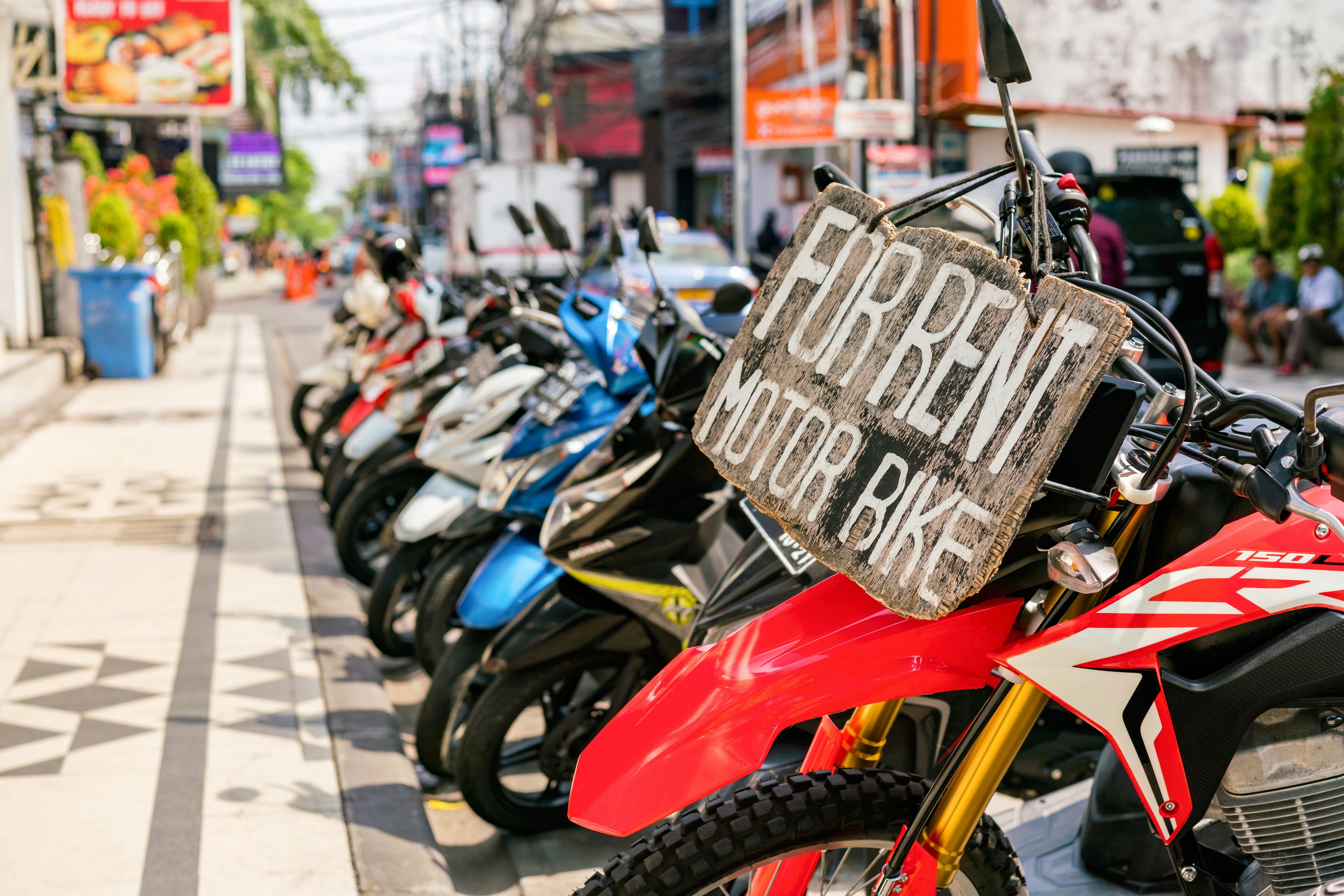
Rent a vehicle to explore off-the-beaten-track destinations
While there are regular bus or train connections between major towns and cities, the public transport network in rural parts of Indonesia is more limited, even on highly developed islands such as Java and Bali. Renting your own vehicle – or chartering a vehicle with a driver – will give you more freedom to explore remote areas at your own pace.
In Indonesia, car rental is usually a sweat-free process. All you need is a passport and an international driving license; check the insurance details and sign up for as much cover as possible. The price for renting a small car starts from around 500,000Rp (US$31) a day. Be prepared for challenging driving conditions, from potholed roads to heavy traffic jams, and remember that Indonesia drives on the left.
It may be less hassle to hire a vehicle with a local driver who knows the local road rules and routes. Expect to pay around 1,000,000Rp (US$62) per day; you may pay less if you stay close to where you started, or more if you cover bigger distances.
In Java, Lombok and Bali, renting a moped or motorcycle is an easy way to explore, with lots of rental agencies to choose from in tourist hubs such as Kuta and Yogyakarta. Don’t forget to wear a helmet, even if you just sit on the back of a motorcycle.

Beat Jakarta’s traffic jams by using public transport
Jakarta has a reputation for being one of the world’s most congested cities, but its extensive (albeit not fully integrated) mass transport system helps to reduce the pain of getting around. Avoid traffic jams by taking the train. The modern urban train network is the most modern mode of transport in the city, but it only covers parts of the city. The same goes for the network.
buses run on dedicated bus lanes known as "corridors" so you can avoid the frustrating traffic jams. Routes can be confusing, but you can use the Trafi app to help you navigate. Most tourists stick to Corridor 1, which will get you to important attractions such as Kota Tua, the Monumen Nasional, Museum Nasional, and .
Be mindful that public transport in Jakarta runs on a cashless payment system. You can get a transport card at MRT stations and some Transjakarta bus stops. Tap when you board and disembark to pay, and top up your card at MRT stations or at Alfamart convenience stores all over Jakarta.
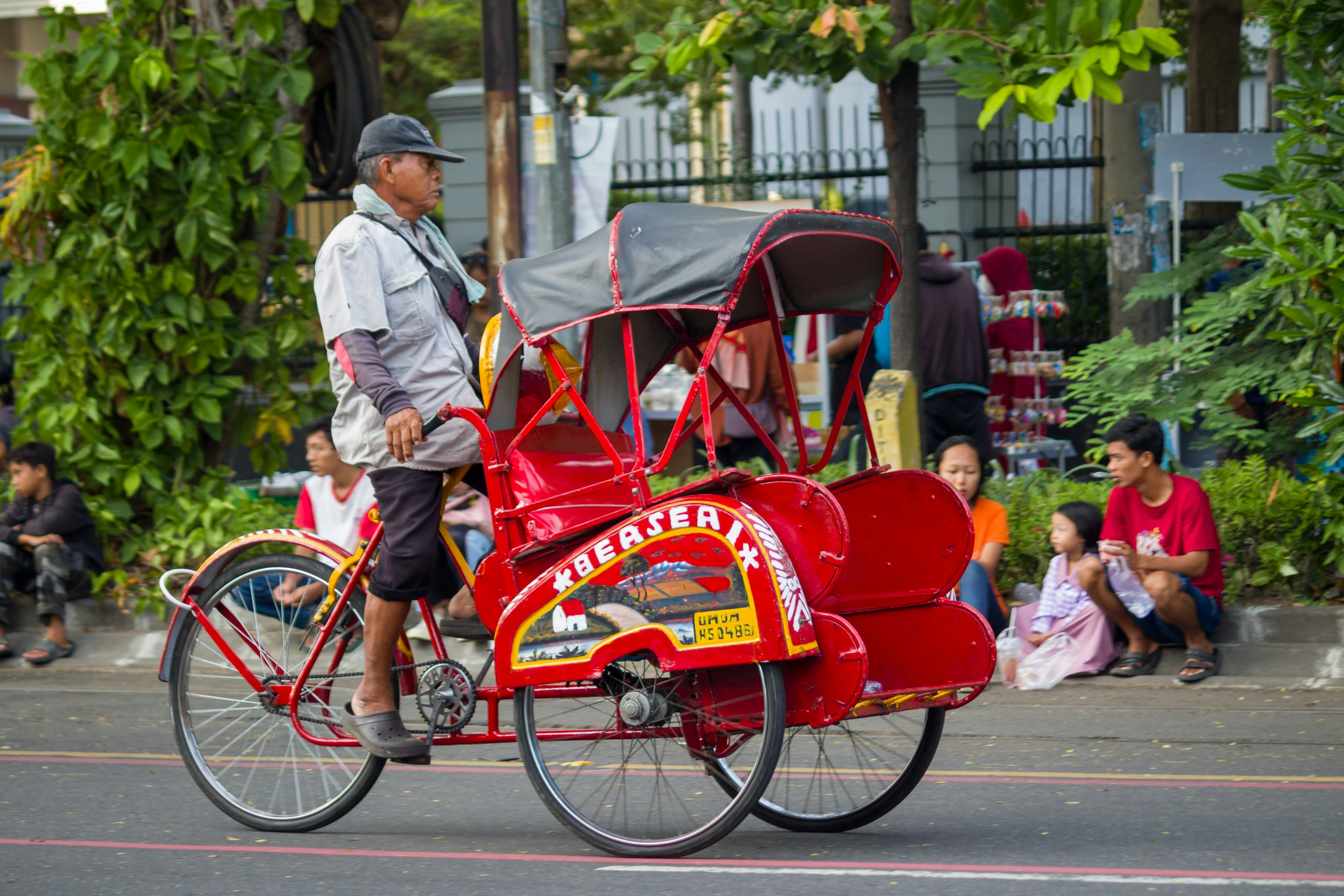
For a touch of nostalgia, hail a rickshaw
The traditional tricycle rickshaws known as becak used to rule Indonesia's streets, but they have been banned from the main roads of many cities. However, becaks have not entirely disappeared; you can still find them in some tourist areas in cities such as Jakarta and Yogyakarta for visitors who want to experience a taste of Indonesia’s past.
Easier to find are motorized autorickshaws, known as bajaj in Jakarta or bentor or becak-motor in Sumatra and Sulawesi. These covered vehicles provide locals with affordable and practical transport for short journeys. If you want to learn about the history of the becak, visit the in Kuta, Bali.
Ridesharing apps make life easier in Indonesia's cities
As well as conventional taxis in Indonesia, which are usually metered, people have embraced ridesharing apps with gusto. The huge, Indonesian-owned app was created to make it easy to order a motorbike taxi (ojek), but it has grown into a super-app that you can use to order anything from a taxi to food deliveries and groceries.
You can summon a rideshare via Gojek in more than 160 cities across Indonesia, even in remote Papua, and the Gojek app is bilingual, with an automatic chat translation feature to help you communicate with drivers who don't speak English. No matter where you are, getting around is as easy as tapping your fingers on a smartphone screen.
Accessible travel in Indonesia
Exploring the islands can be quite challenging for people with disabilities. Indonesia's potholed and uneven sidewalks are tricky to navigate if you have mobility issues, and street vendors often block the special lanes set aside for pedestrians with visual impairment. However, in Jakarta, the important thoroughfares of Jl Thamrin and Jl Sudirman were designed with accessibility in mind, as are most modern shopping malls.
Transjakarta buses are not recommended for travelers with mobility issues as reaching many bus stops involves climbing an overpass via stairs, and boarding can be a challenge at many stops. However, MRT stations, including the in Jakarta and Medan, are accessible to wheelchair users.
Despite being Indonesia's most popular international tourist destination, Bali is not very wheelchair friendly. However, specialist tourist operators such as can make arrangements for travelers with mobility issues.

Plan with a local

